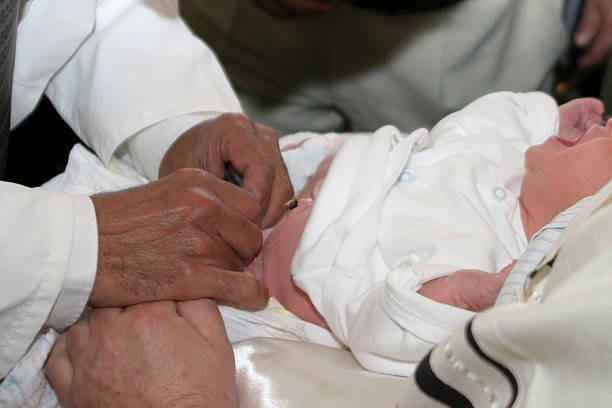A penile adhesion develops when the skin of the genital shaft adheres or sticks to the skin of the genital head, also known as the glans. This condition can develop in males who are circumcised or, more commonly, uncircumcised.
Accordig to healthline, a thicker attachment that forms when the shaft skin attaches to the coronal margin is known as a skin bridge. The coronal margin is the edge that protrudes around the base of the glans. The connection that forms with a skin bridge may include a “tunnel” under the skin that is connecting the shaft to the coronal margin and glans.
In infants and young boys, a penile adhesion usually resolves on its own without any treatment. In other cases, topical creams may help. In very serious cases, surgery may be needed to separate the attached sections of skin.
What causes this?
When an infant boy is circumcised, it’s important to gently pull back any excess skin of the genital shaft away from the glans during the healing process. This should be done a few times a day.
Ask the doctor who does your baby’s circumcision when you should start doing this and for how long. If it doesn’t happen, the skin of the shaft can start to adhere to the glans. Penile adhesions may be more common if a circumcision left an excess amount of residual foreskin.
For a boy who hasn’t been circumcised, the foreskin may not be fully retractable until they’re older. Once the foreskin is able to be easily retracted, it may adhere to the glans if you or your child does not periodically gently retract it.
Penile adhesions can also occur in grown men. skin of the shaft is pushed forward by a large pad of fat in the pubic area, adhesions and skin bridges can form.
Content created and supplied by: Kwajaffa (via Opera
News )
